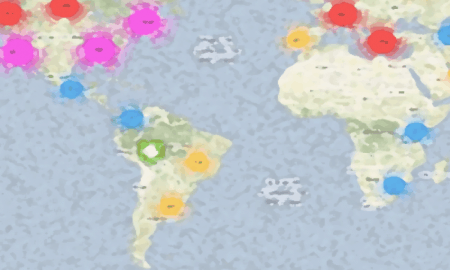It Takes a Coalition
The proliferation of information technologies is enabling a range of bad actors to cause significant harm through networked and remotely-guided activities. Past engagements and recent events make it increasingly clear that contemporary threats require collective awareness and persistent multilateral action. One of the key insights gained by the U.S. and its coalition partners in Overseas Contingency Operations is that “it takes a network to beat a network”. In the 2012 Defense Strategic Guidance (DSG), Gen. Dempsey argued that success in encountering increasingly dynamic and diversifying threats will depend on the ability of the U.S. to build “a stronger network to defeat the networks that confront us.” The new ethos calls for flatter structures to tap into expanded resources for knowledge discovery, innovation, and collective action. Existing structures must also be retooled to address organizational decay and adapt to new realities, including:
- It is about who learns fastest. The cycle time for learning must continuously be accelerated to stay ahead of dynamic threats. Acculturating learning behaviors within Defense organizations is vital to achieving tactical advantage and operational resilience.
- Shift from ‘Need to know’ to ‘Need to share’. Transactional knowledge communities are needed to gain expanded situational awareness of emerging threats and the opportunities to address them with broad coalitions based on ‘shared value’.
- Know and test your environment. Planning and decision support activities must account for contextual meaning (not just the ‘what’ but the ‘why’ of things) and continuously test ideas/solutions in relevant operational environments without being bogged down or overwhelmed—an objective that is only truly achievable through coalitions with shared intensity of purpose.
It is much easier and cheaper to cause harm than guard against it! No one entity or nation has the scale or capacity to subvert disruptive forces across the globe with nothing more than an Internet connection and a 3D printer. Therefore, networked capabilities and coalition activities are critical to threat mitigation and defeat in a world of diversifying security risks.



